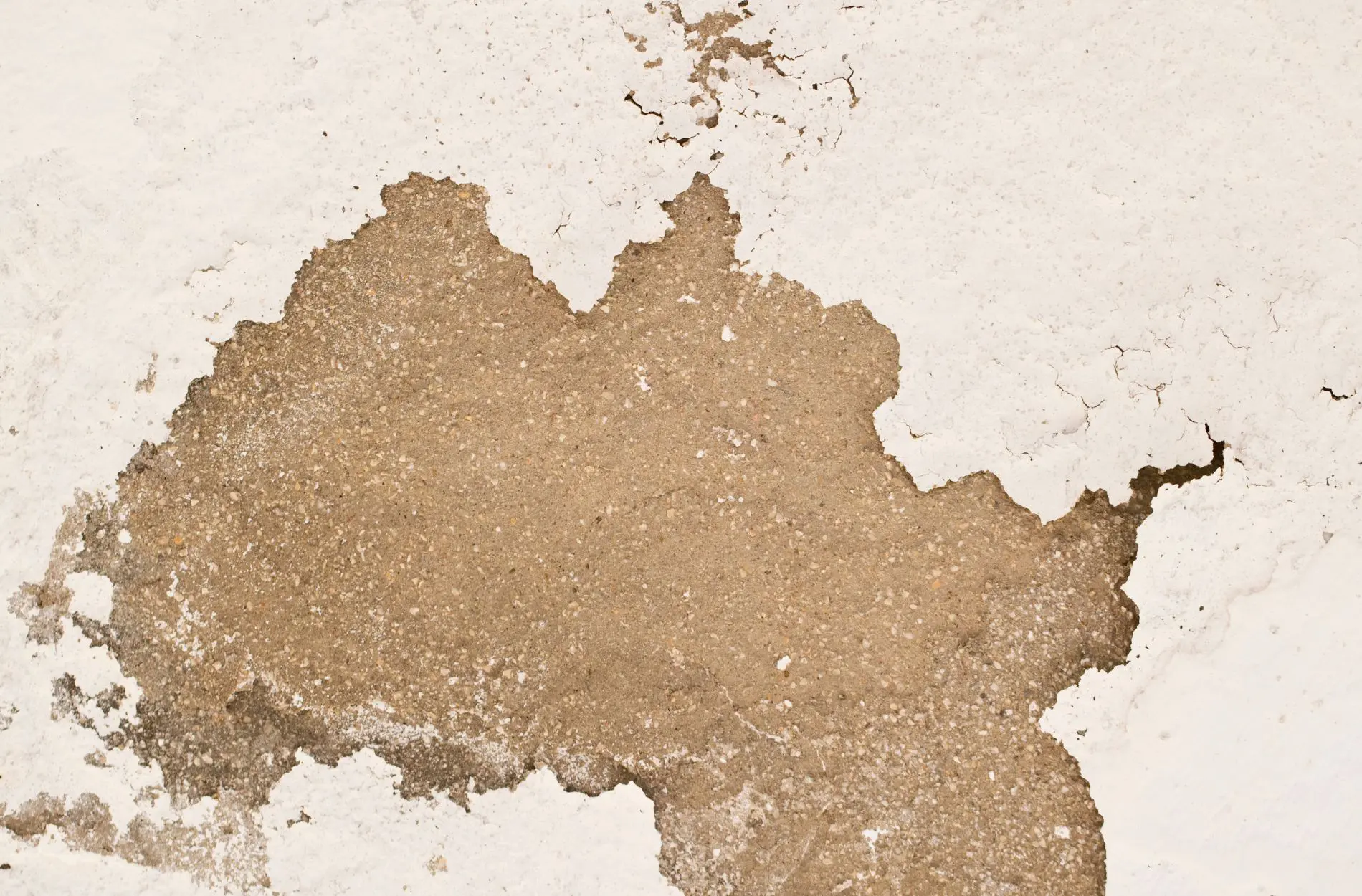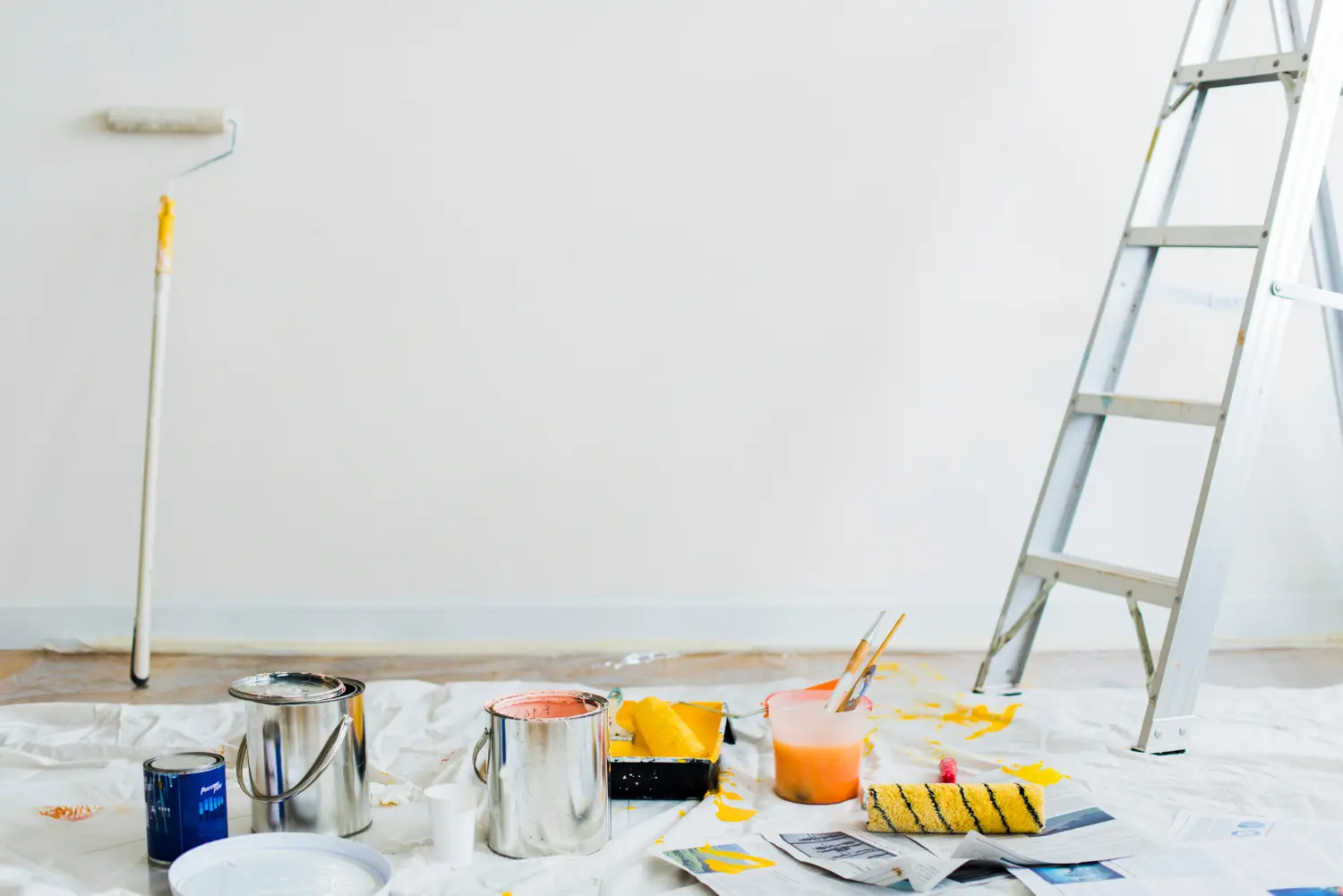Making Sure Your Exterior Paint Job Sticks…Properly!

Even if you don’t find exterior painting particularly unpleasant, chances are you’d prefer to have to repeat the job as infrequently as possible. The reason being that not only can it be time-consuming and challenging, but it’s also far from free!
Which is why it is always more than a little disconcerting to see your once-beautiful exterior home paint job quickly begin peeling, degrading and generally looking disheveled.
It’s a point we’ve covered a few times as of late, but is perhaps the single most important of all points when it comes to exterior painting. That being – how can you make a success of the project by making sure the paint sticks exactly as it should?

There will always be those who attempt to complicate things and insist that producing professional results is impossible for the average DIY type. In reality – or at least the way we see it – there are actually only five important rules to follow, in order to ensure your paint does its job as it should.
So if you plan on going about an exterior painting project in the near future, proceed in accordance with the following quintet of top tips and you might find that the result lasts considerably longer:
Timing Is Everything
First of all, you need to acknowledge and understand the fact that timing is everything. Which is a bit of a shame, given the fact that there is nothing you can do to change the weather. Nevertheless, the simple fact of the matter is that if it is too hot, too cold, too wet, too windy or generally too anything, you’re going to struggle. Which sometimes means biting the bullet and accepting that the job you wanted to get finished by the end of the weekend might have to be put off for quite a while. There’s simply no point wasting time on painting jobs at the wrong time of day, during the wrong weather conditions or at the wrong time of year. You’ll struggle to get the job done and the results you produce won’t last long enough for it to have been worth your while.
Slow and Steady Wins the Race
This one. Particularly applies to those who really do not like the prospect of exterior painting – the more you rush it, the sooner you’ll be looking at doing the job all over again. By contrast, if you are happy to concentrate on one small area at a time, you are far more likely to produce the final result that stays looking great for years. Not only is your own attention to detail important, but taking your time also means having the opportunity to pick up on any problems you detect along the way, subsequently remedying them accordingly.
No Two Surfaces Are the Same
Always bear in mind that when painting the exterior of your home, no two surfaces are ever identical. Even if you are looking at the same material in the same area, there’s a good chance its quality, surface texture, condition and so on may be entirely different from its closest counterpart. Getting the job done right means not only preparing all surfaces as necessary, but preparing them in direct accordance with their condition and requirements at the time. The idea being that you look at your home’s exterior in all manner of different bits and pieces, rather than as one unified whole.
Quality Counts
We’ve said it before and we’ll say it again – the quality of the paints and equipment you use will be directly reflected in the results you can expect. There’s a sliding scale and absolutely nothing you can do to avoid it. If you go cheap, you can only expect cheap-looking results. If you go premium, you stand every chance of producing premium quality results that last. You don’t need to overspend, you just need to avoid drastically under-spending.
Learn From Your Mistakes
Last but not least, assuming that this is not the first time you have ever tried your hand at painting your home’s exterior, ask yourself – what went wrong last time? Which areas of the exterior began to degrade and peel before others? What parts of the job are more difficult than the rest? What mistakes did you make along the way? Rather than simply ignoring what happened last time and diving into things randomly once again, there’s much to be learned from anything that didn’t quite go as smoothly as planned last time. And remember – even if you do make any mistakes this time around, it’s all good experience to build on for next time!










